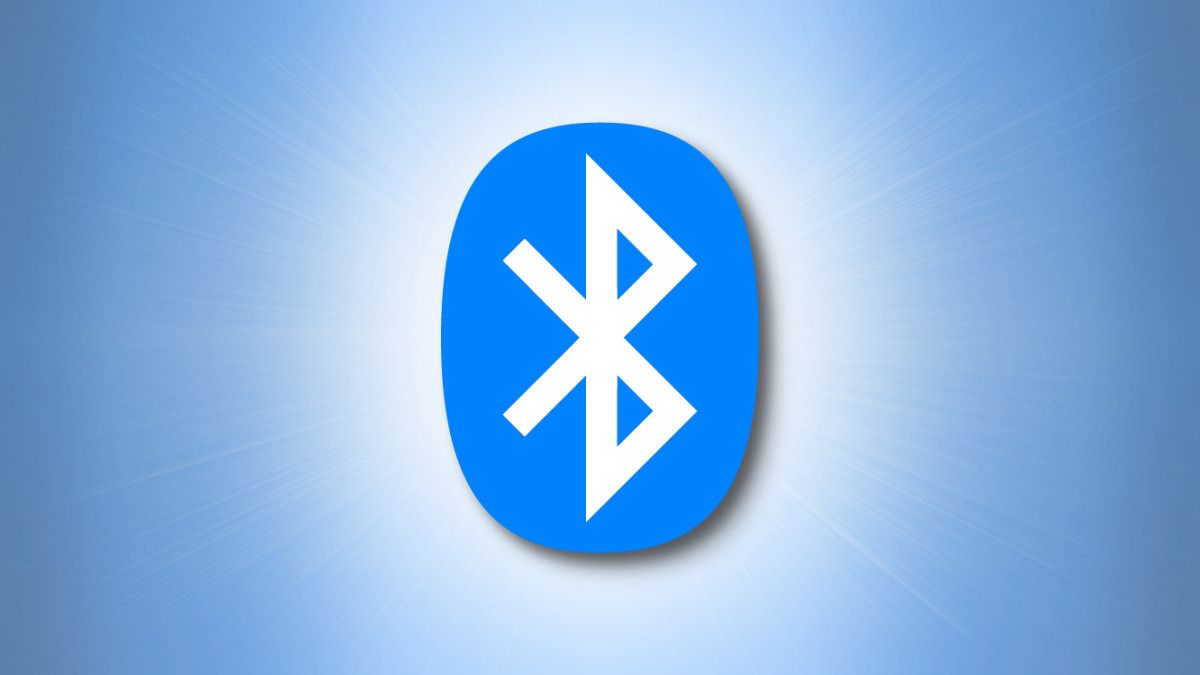
Bluetooth technology is everywhere—connecting our headphones, speakers, cars, and even our refrigerators. But have you ever wondered how this ubiquitous technology came to be? From its quirky name to its transformative impact on modern life, bluetooth’s story is a fascinating journey through innovation, collaboration, and technological breakthroughs. Let’s dive in.
The name “bluetooth” might seem odd for a wireless technology, but it has a rich historical backstory. It’s named after king harald “bluetooth” gormsson, a 10th-century viking king who unified denmark and parts of norway. Just as king harald brought people together, bluetooth technology was designed to unify devices and enable seamless communication.
The name was proposed in 1997 by jim kardach, an intel engineer who was reading a historical novel about vikings. The bluetooth logo itself is a combination of the nordic runes for harald’s initials: ᚼ (h) and ᛒ (b).
Bluetooth technology was developed in the 1990s as a solution to the growing need for wireless communication between devices. The key players behind its creation were tech giants like ericsson, intel, nokia, ibm, and toshiba, who formed the bluetooth special interest group (sig) in 1998. Their goal was to create a universal standard for short-range wireless communication.
The first version, bluetooth 1.0, was released in 1999. It was revolutionary for its time, allowing devices to connect without cables. However, it had limitations, such as slow data transfer speeds and compatibility issues.
At its core, bluetooth is a wireless communication technology that uses radio waves to transmit data between devices. Here’s how it works in simple terms:
frequency hopping: bluetooth devices communicate by rapidly switching between 79 different frequencies (channels) within the 2.4 ghz band. This “hopping” reduces interference from other devices, like wi-fi routers or microwaves, that use the same frequency range.
pairing: to connect two devices, they must first “pair.” this involves a one-time setup where the devices exchange security keys to ensure a secure connection.
short-range communication: bluetooth is designed for short-range communication, typically up to 30 feet (10 meters), though newer versions can reach much farther.
Think of bluetooth like a walkie-talkie: two devices “tune in” to the same frequency to talk to each other, but they do it so quickly and efficiently that you don’t even notice.
Bluetooth has come a long way since its inception. Here’s a breakdown of its major versions and their capabilities:
Each version has built on the last, making bluetooth faster, more efficient, and more versatile.
Bluetooth is most commonly associated with wireless headphones and speakers, but its applications go far beyond that. Here are some examples:
Bluetooth’s popularity is undeniable. Here are some key statistics:
Compared to other wireless technologies like wi-fi and nfc, bluetooth stands out for its low power consumption, ease of use, and versatility.
As technology continues to evolve, so does bluetooth. Here’s what the future holds:
However, challenges remain, such as improving security and reducing interference in crowded frequency bands. The bluetooth sig is actively working on solutions to these issues.
From its viking-inspired name to its role in powering the modern world, bluetooth technology has come a long way. It’s a testament to human ingenuity and collaboration, bringing people and devices closer together. As we look to the future, bluetooth will continue to evolve, shaping the way we live, work, and connect in an increasingly wireless world.
So the next time you pair your headphones or unlock your car with your phone, take a moment to appreciate the tiny, invisible marvel that makes it all possible—bluetooth.